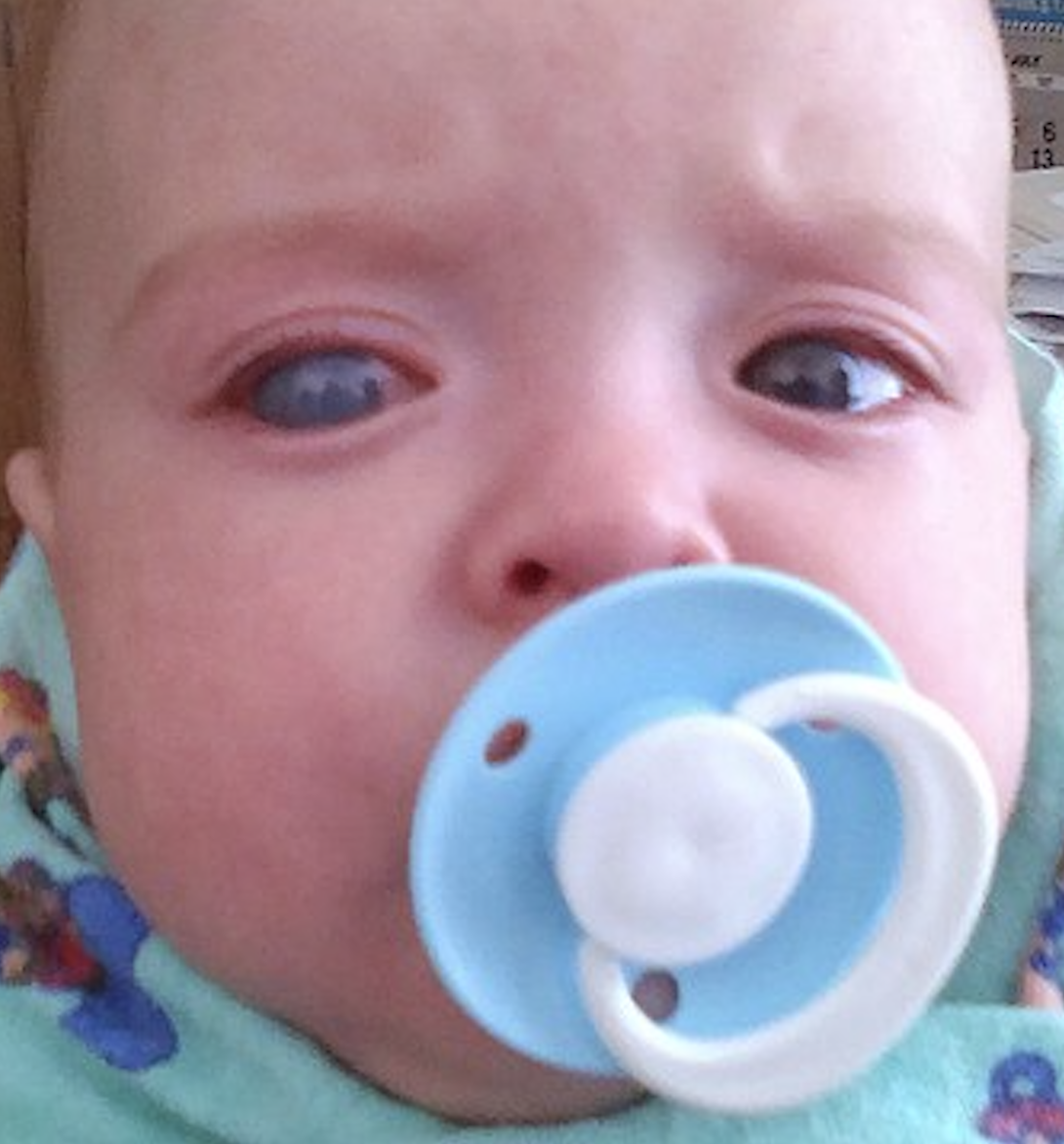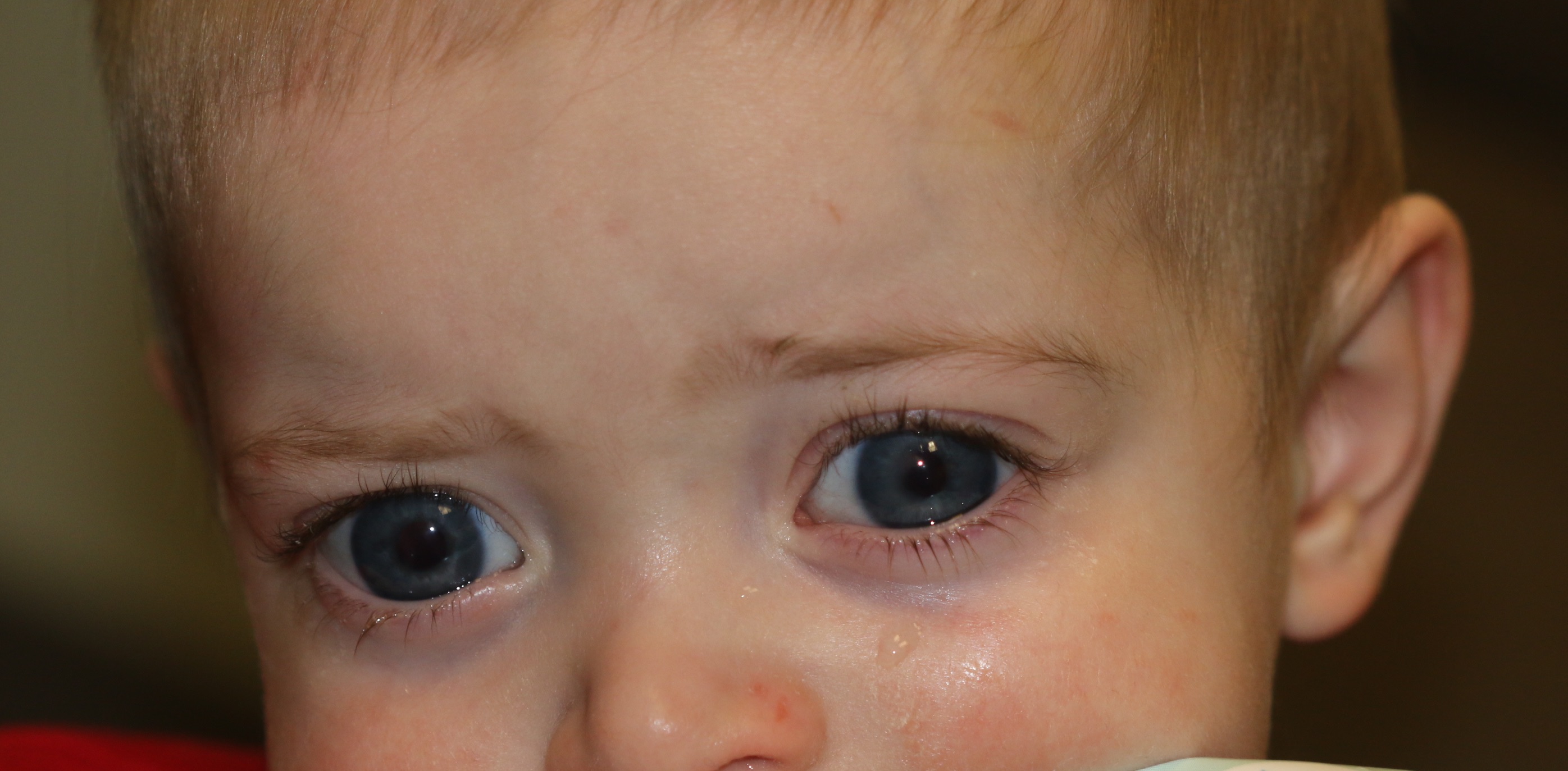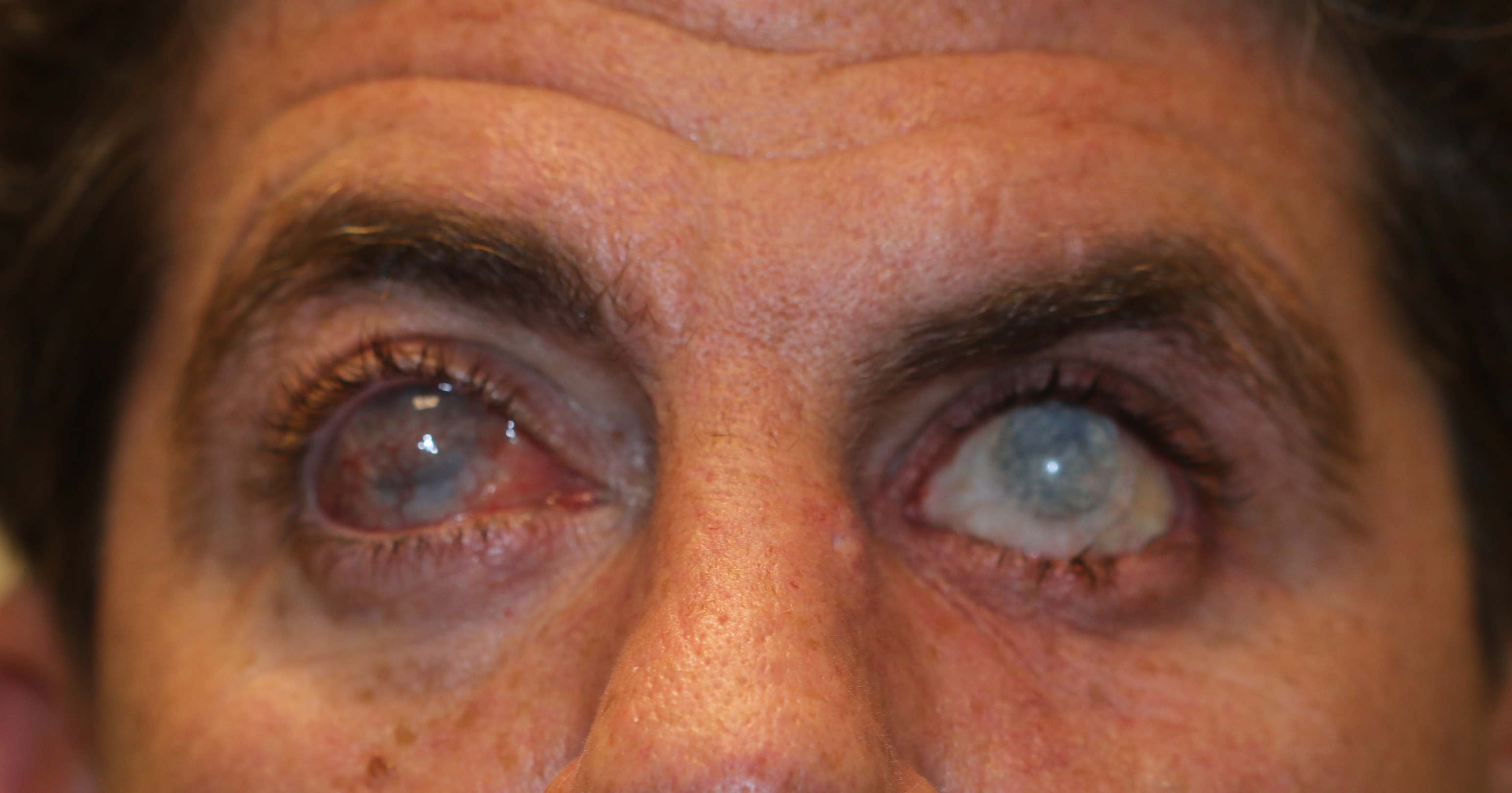[1]
Mark HH. Buphthalmos: early glaucoma history. Acta ophthalmologica. 2011 Sep:89(6):591-4. doi: 10.1111/j.1755-3768.2009.01783.x. Epub 2010 Jun 1
[PubMed PMID: 20529079]
[3]
Aziz A, Fakhoury O, Matonti F, Pieri E, Denis D. [Epidemiology and clinical characteristics of primary congenital glaucoma]. Journal francais d'ophtalmologie. 2015 Dec:38(10):960-6. doi: 10.1016/j.jfo.2015.04.018. Epub 2015 Oct 29
[PubMed PMID: 26522891]
[5]
Alves M, Malki LT, Rocha EM. Buphthalmos development in adult: case report. Arquivos brasileiros de oftalmologia. 2012 Oct:75(5):361-2
[PubMed PMID: 23471335]
Level 3 (low-level) evidence
[6]
Vasileiadis GT, Frangouli O. Unilateral congenital buphthalmos. BMJ case reports. 2015 Jun 3:2015():. doi: 10.1136/bcr-2015-210979. Epub 2015 Jun 3
[PubMed PMID: 26040832]
Level 3 (low-level) evidence
[7]
Mahelková G, Filous A, Odehnal M, Cendelín J. Corneal changes assessed using confocal microscopy in patients with unilateral buphthalmos. Investigative ophthalmology & visual science. 2013 Jun 10:54(6):4048-53. doi: 10.1167/iovs.12-11165. Epub 2013 Jun 10
[PubMed PMID: 23696604]
[8]
Medical and surgical outcomes in childhood glaucoma: a population-based study., Aponte EP,Diehl N,Mohney BG,, Journal of AAPOS : the official publication of the American Association for Pediatric Ophthalmology and Strabismus, 2011 Jun
[PubMed PMID: 21652244]
[9]
Gusson E, Chemello F, Longo R, Franzolin E, Vesentini R, Verlato G, Marchini G. Primary congenital glaucoma surgery: outcomes and visual function. International ophthalmology. 2021 Nov:41(11):3861-3867. doi: 10.1007/s10792-021-01957-0. Epub 2021 Jul 23
[PubMed PMID: 34297306]
[10]
Wagner FM, Schuster AK, Grehn F, Urbanek L, Pfeiffer N, Stingl JV, Hoffmann EM. Twenty-Years of Experience in Childhood Glaucoma Surgery. Journal of clinical medicine. 2021 Dec 8:10(24):. doi: 10.3390/jcm10245720. Epub 2021 Dec 8
[PubMed PMID: 34945031]
[11]
de Silva DJ, Khaw PT, Brookes JL. Long-term outcome of primary congenital glaucoma. Journal of AAPOS : the official publication of the American Association for Pediatric Ophthalmology and Strabismus. 2011 Apr:15(2):148-52. doi: 10.1016/j.jaapos.2010.11.025. Epub
[PubMed PMID: 21596293]
[12]
Toker E,Seitz B,Langenbucher A,Dietrich T,Naumann GO, Penetrating keratoplasty for endothelial decompensation in eyes with buphthalmos. Cornea. 2003 Apr
[PubMed PMID: 12658082]
[13]
Leite A, Rolim-de-Moura C. Referral reasons for evaluating childhood glaucoma in a tertiary service. Arquivos brasileiros de oftalmologia. 2022 Sep-Oct:85(5):465-471. doi: 10.5935/0004-2749.20220067. Epub
[PubMed PMID: 34852063]
[14]
Zagora SL, Funnell CL, Martin FJ, Smith JE, Hing S, Billson FA, Veillard AS, Jamieson RV, Grigg JR. Primary congenital glaucoma outcomes: lessons from 23 years of follow-up. American journal of ophthalmology. 2015 Apr:159(4):788-96. doi: 10.1016/j.ajo.2015.01.019. Epub 2015 Jan 26
[PubMed PMID: 25634533]
[15]
Yassin SA. Long-Term Visual Outcomes in Children with Primary Congenital Glaucoma. European journal of ophthalmology. 2017 Nov 8:27(6):705-710. doi: 10.5301/ejo.5000976. Epub
[PubMed PMID: 28430330]



